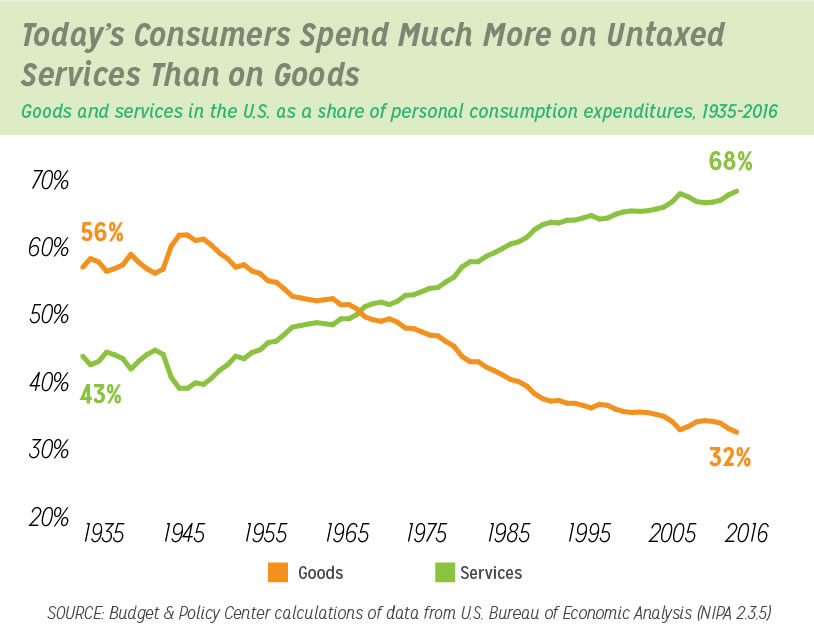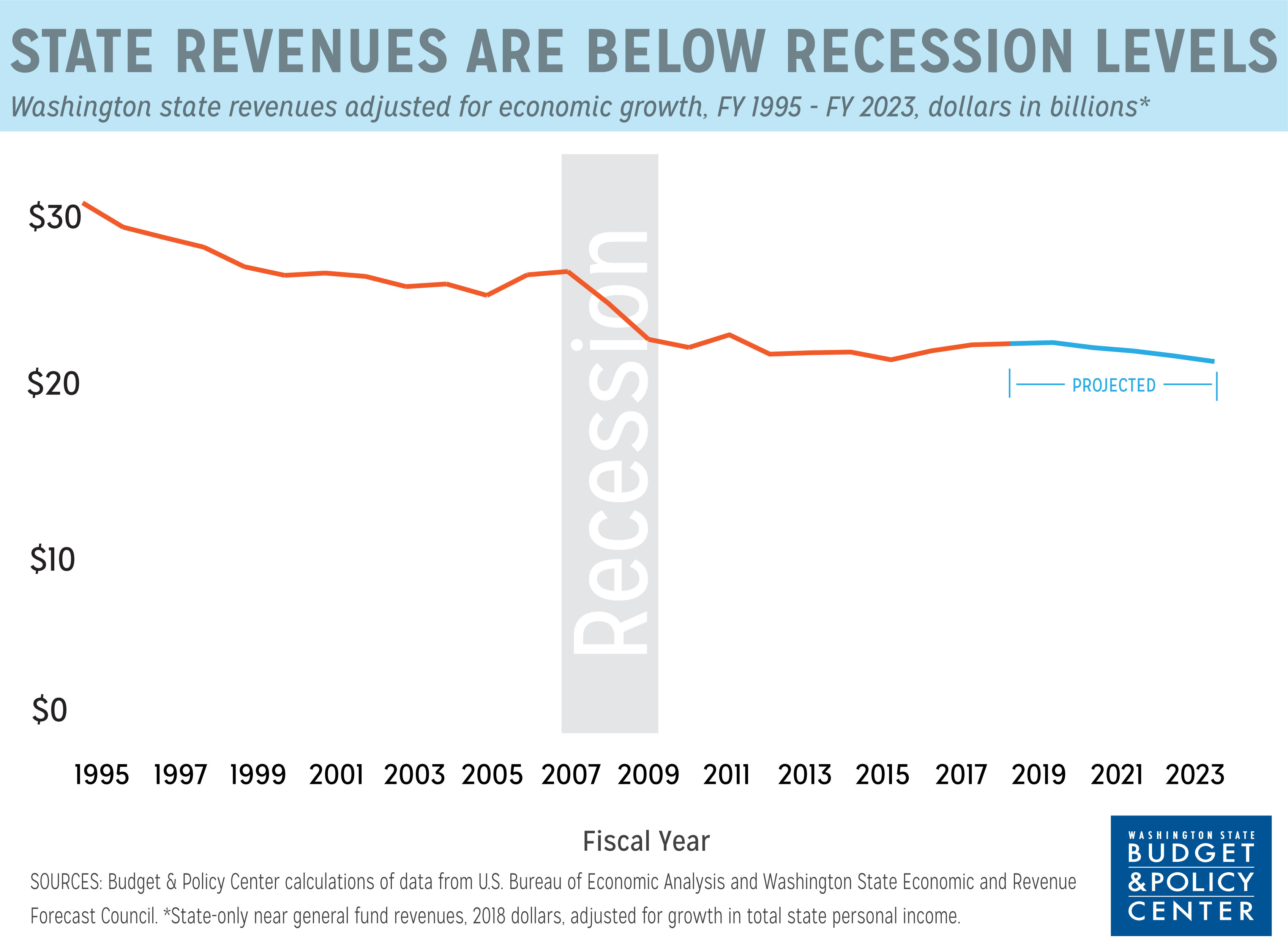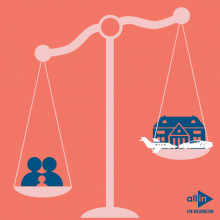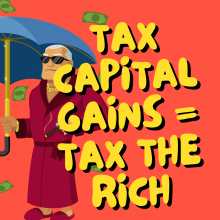
By guest author Melinda Young-Flynn of the Washington Budget & Policy Center
We’re hearing a lot of conversations these days about a topic previously off the table at most social gatherings: our state’s tax code. As an organization that advocates for the important role that taxpayers’ investments play in the well-being of our state, we welcome the interest in this topic of conversation.
Unfortunately, many myths permeate the public discourse about our state tax code. At the Washington State Budget & Policy Center, we are committed to making sure you know the truth about that tax code – and the real solutions that must be enacted in Olympia to make it work for everyone. Because it is a tax code that doesn’t live up to our values. It isn’t set up to invest in our communities in the short and long term. And it is set up to favor corporations, special interests, and the ultra-wealthy over everyday Washingtonians. As a result, the tax code creates additional barriers to economic opportunity for many communities of color and people with low incomes.
Here’s the truth about the ways our tax code is failing our state:
1. Yes, Washington state really does have the worst tax code in the nation for working people. Specifically, those with the lowest incomes pay almost 17 percent of their incomes in state and local taxes, while those in the top 1 percent pay less than 3 percent. That’s completely upside down. And this takes a particularly heavy toll on many people of color in our state who have low incomes as a result of generations of systemic racism.
2. The tax code is too dependent on regressive sources of revenue that aren’t growing with our modern economy. Our tax code relies way too much on the super regressive sales tax. Further, by mostly taxing goods (like household necessities and toiletries) and not high-end services (like many spa services and financial advising services), the tax code also misses out on a major opportunity for growing revenue (see chart below) that primarily comes from higher-income people who already get better deals in the tax code.

3. The property tax system doesn’t support the needs of people with middle and low incomes. Although our state’s property taxes are an important source of revenue for our schools and community services, they are structured in a way that makes homeowners with middle and low incomes shoulder too much responsibility to support community needs – like schools and public safety. Property owners often pass the cost of increased taxes onto renters through higher rents. Without targeted safeguards or rebates in place to offset some of these taxes for homeowners and renters who cannot afford them, the system stays broken.
4. Our state has hundreds of harmful and unnecessary tax breaks on the books for corporations and special interests. Those tax breaks are funneling money away from investments that serve all our communities, like our schools, our parks, and our public transportation systems.
5. Overall, our tax code is simply not providing reliable revenue to pay for critical services. As of 2018, our state revenues are still well below the levels from before the Recession, when adjusted for economic growth (see chart below). In a growing state with a strong economy, that is simply unacceptable – especially given the challenges we face with issues like homelessness and unaffordability in our communities.

But there are solutions.
We’ve laid out commonsense solutions to these problems. To start turning the tax code right-side up and creating new revenue, our state legislators should:
These policies would also importantly take some steps to help undo some of the racial inequities in our tax code. For example, if the WFTR were enacted, it would strengthen the economic security of many families of color with low incomes throughout our state. And the largest rebates would go to Latinx people, Asians or Native Hawaiian/Pacific Islanders, and American Indians/Alaska Natives.
In the work to clean up our state’s tax code, let’s make sure that accurate information is drowning out the myths and half-truths. With a real understanding of what we want our tax code to look like, we can work to make sure it is equitable and invests in all of us.








